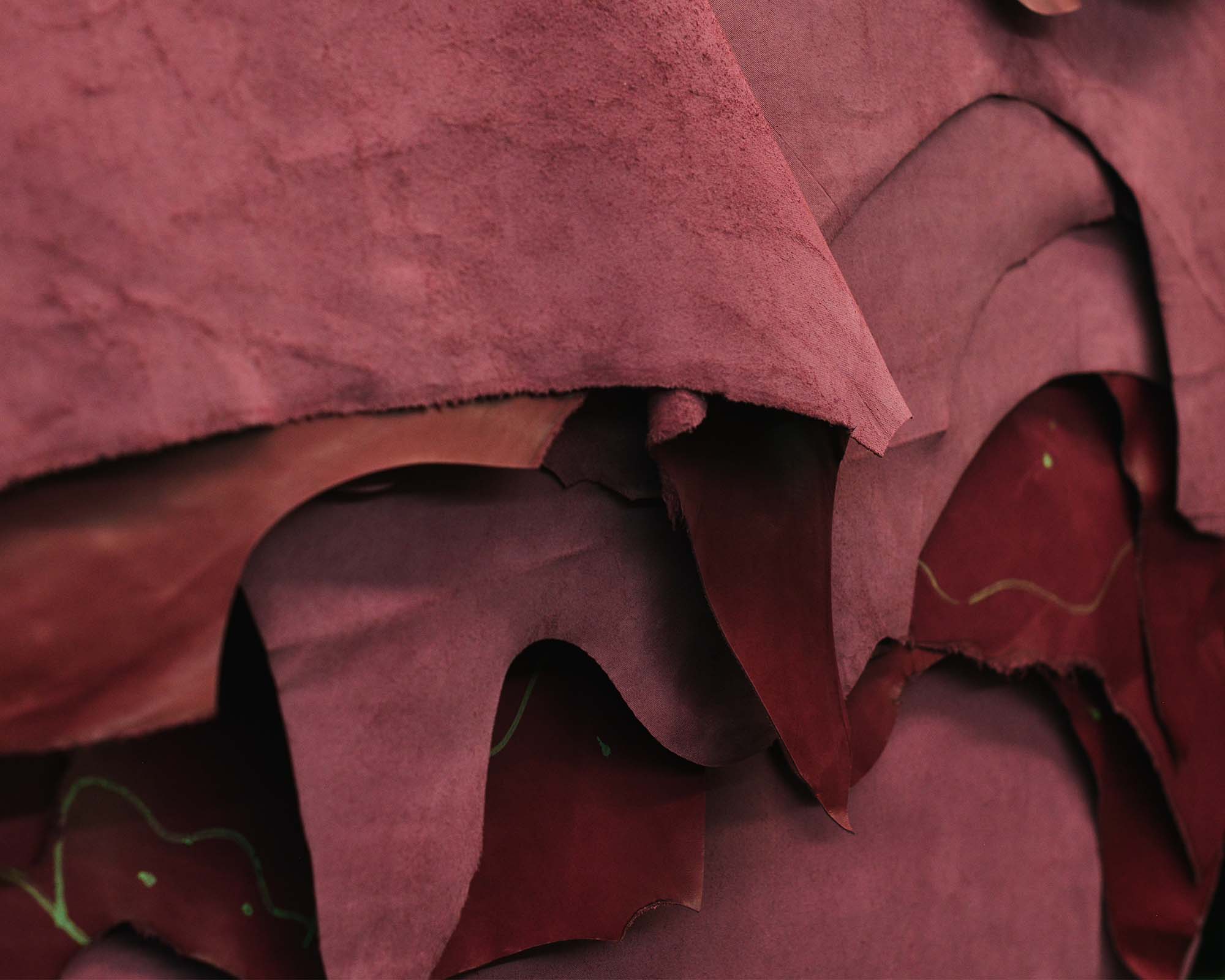More people today are concerned about where and how their clothes are made. These questions are relevant when wearing animal materials such as cow leather or lambskin. Fur is much more controversial than leather or sheepskin, even though they are all animal skins. Hair is perceived as different from leather and sheepskin because it is an other industry. Skins from cattle and sheep, however, are byproducts. Is this true? Answering this question isn’t difficult, but the facts may surprise you.
Byproduct vs. co-product
Brands are now marketing animal products with “ethically-sourced” labels as animal rights concerns become more important for consumers. These brands often claim that leather is a “byproduct of the meat industry.” This one-liner implies that by buying something made from “byproducts,” you are reducing waste and not supporting the industry it came from.
Byproducts are “secondary or incidental products” that result from another product’s production or synthesis process. Plastic bags and other plastic products are a byproduct of oil refinement. Pinatex is a leather substitute made from pineapple leaves, a byproduct of fruit farming. They were, at least: until they became lucrative.
Co-products are secondary goods that are highly desirable. They are sold to make a profit. Pinatex, a byproduct of pineapple farming in rural areas, is an excellent example of how co-products can be used to generate additional income. This is a perfect example of how co-products act as a “subsidy.”
What about leather?
Meat and Livestock Australia classifies skins that can be turned into leather, along with other co-products such as animal organs and hooves, as a part of the meat industry. Fetal blood is a co-product that can be very profitable. It comes from the unborn calves taken from pregnant cows during slaughter. This co-product fetches up to $700AUD for 500mL as “Foetal Bovine Serum” used in pharmaceuticals, a source of high income.
If nothing is done, the global leather goods industry is estimated at $95.4 billion US dollars and will reach $128.61 by 2022. The leather industry is not about reducing waste but instead making money. The RSPCA says that bobby calf hides are “valuable” and can be used for leather. It is clear that an animal, which does not benefit one industry because male calves do not produce milk for sale, becomes profitable only after it has been killed.
The meat, dairy, and leather industries are all interconnected. Don Oshman of Hidenet Online Leather and Hide Market Report stated in Business of Fashion that “many European luxury bag makers are using calf’s skin and people don’t eat much veal anymore… [so] calves are raised specifically for the skin… raised inside a pen, never going outside, so their skin is blemish free”. The RSPCA has stated that in Australia “vealer calves” are raised in group sheds on specialist properties. Their skins are highly valued.
Australia has supposedly high animal welfare standards regarding standard legal practices, slaughter, and other aspects of animal care. You can learn more about the legal standards for slaughtering cows, bulls, and other animals in the leather and meat industries at Peta. These practices are part and parcel of the supply chain for meat and leather in Australia. (It is important to note that most cowskin comes from India, China, and Brazil. Labeling laws also mean that leather that says “made in Italy” is probably just “finished in Italy,” with the cows being raised and killed elsewhere. These practices, and worse, are standard around the globe.
The dairy industry would suffer if consumers stopped buying products made from calfskin and veal. The meat industry would suffer if people stopped buying leather made from cowskin. The same is true for the production of these products, as well as when we support (or do not support) fast-fashion or synthetic, natural, organic, or other fibers. It is essential to consider where we spend our money.

